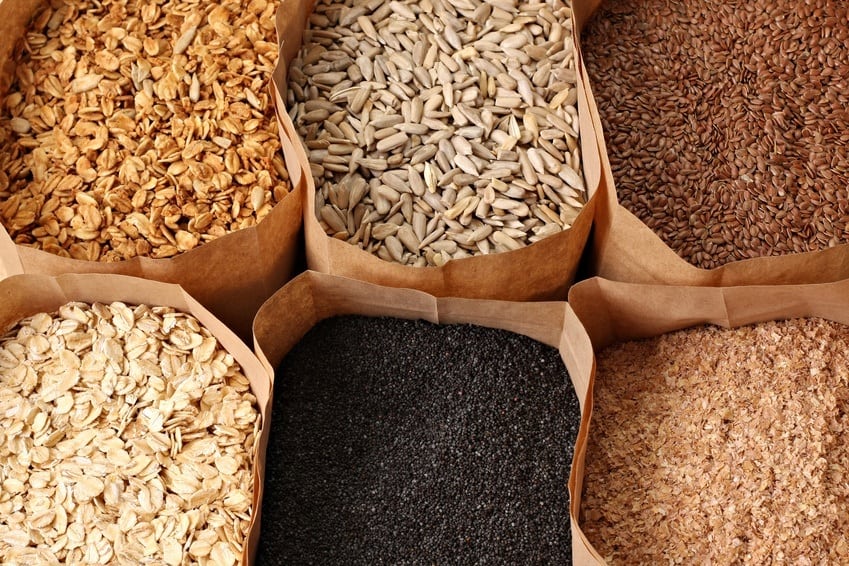Low-glycemic Diet - Best Whole Grain Foods For Weight Loss
A low-glycemic diet is one that selects foods on the basis of minimal alteration of circulating glucose levels. Glycemic index (GI) and glycemic load (GL) are measures of the effect on blood glucose level after a food containing carbohydrates is consumed. Glucose is one of the body's main sources of energy; it is the fuel used by the brain, muscles, and other organs. Glucose is set at 100, and all foods are indexed against that number. Low GI foods affect blood glucose and insulin levels less and have a slower rate of digestion and absorption.
One example of a low-glycemic diet is the Glycemic Index Diet developed by David J. Jenkins, a professor of nutrition at the University of Toronto and later turned into a successful line of diet books by author and former president of the Heart and Stroke Foundation of Ontario, Rick Gallop. Switching from a high glycemic index diet to a low glycemic index diet is considered to be relatively easy. Switching from white bread and pastas to whole grain, from breakfast cereals to oats, bran or barley, adding more fruits and vegetables when cooking, and reducing potato consumption can all aid in lowering glycemic index. Supporting the concept of the low-glycemic diet is the research demonstrating the quality of the caloric intake is influential in weight loss.

Examples of G.I. ratings
- Any food rating less than 55 in the G.I. is considered low.
Use of the G.I.
The glycemic index is a useful aid for diabetics and other people who wish to control their blood glucose levels. A diet based on foods with low glycemic response has been associated with diabetes management, improved blood lipids (cholesterol), and reduced risk of heart disease.. Not only will foods with a low glycemic index take longer to digest (therefore prolonging satiety) they will also maintain blood glucose levels at a relatively constant state. Foods with a high glycemic index not only digest quickly, but they also can cause extreme fluctuations in blood glucose.
There are some specific factors to consider in foods that can indicate their glycemic index. Low glycemic foods contain fat, protein, fiber, whole grains, raw starches, legumes, vegetables, fruits and dairy products. High glycemic foods contain refined grains, refined sugars, and increased amylopectin/amylose ratio.
There are other factors that contribute to a food's glycemic index, such as plant variety, ripeness, food processing, cooking method, and the other foods served with it.

Criticism
There are criticisms of the glycemic index, including its practicality because the GI applies to the food when it is consumed alone. The preparation and combination with other foods can alter its glycemic index. There is no requirement to display the glycemic index of a food product, and it is not always easy to predict the glycemic index of certain foods.
A low-glycemic diet is also questioned as a weight loss tool.
The U.S. Department of Agriculture and the U.S. Department of Health and Human Services state:

See also
- List of diets

Notes
- ^ Increasing Adiposity: Consequence or Cause of Overeating?
- ^ For Calories, It's All About Quality Over Quantity, Harvard Study Says
- ^ Dietary Guidelines for Americans, 2010, Page 16

Further reading
- Whitney, Eleanor Noss, and Sharon Rady Rolfes. Understanding Nutrition. Belmont, CA: Wadsworth, 2002. ISBN 978-0534590048
Interesting Informations
Looking products related to this topic, find out at Amazon.com
Source of the article : here












0 komentar :
Your comments